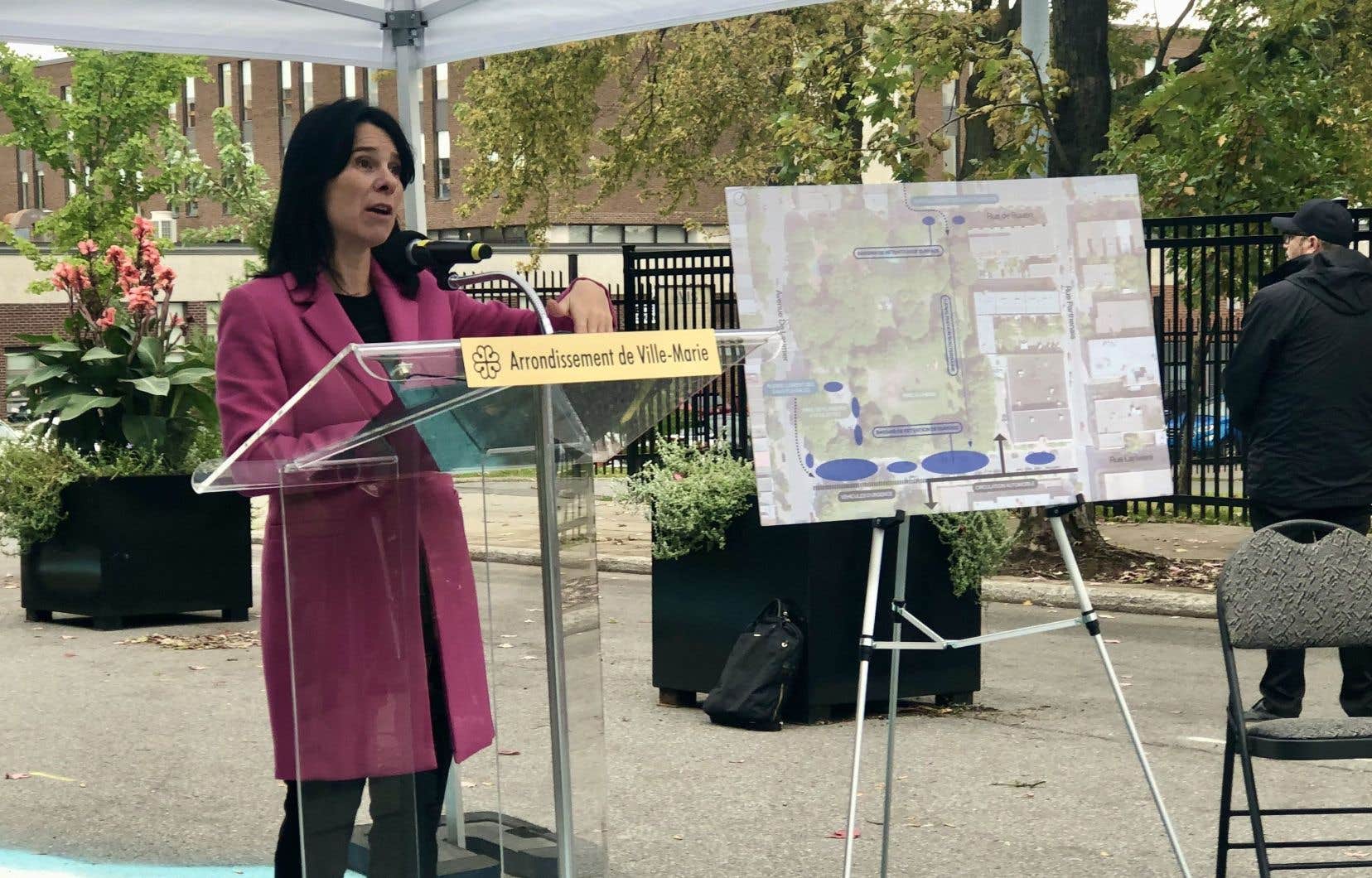Montreal will create a first “sponge” street in the Centre-Sud district in 2025 in order to reduce the impacts of heavy rains. This project will be carried out on a section of rue Larivière, between avenue De Lorimier and rue Parthenais.
In fact, however, this section located south of Parc des Royals has benefited from reduced vehicle traffic for several months given the security measures implemented after the death of Mariia Legenkovska, fatally struck on the way to school in December 2022. Thus, only emergency vehicles have access as well as cars which must go to the Pierre-Dupuy school parking lot.
The Ville-Marie borough plans to set up basins in the northern section of the street section to collect rainwater coming from avenues De Lorimier and Des Érables so that it flows more slowly into the network. sewers. These basins will be able to retain 900 m3 of water. “More and more often, we see a month’s worth of rain falling in a few hours. The consequences are disastrous for citizens,” said Mayor Valérie Plante on Tuesday.
The site will also include equipment allowing cultural events to be held. The work will be carried out in 2025 at a cost of $5.2 million, a bill that includes the renovation of the adjacent skateboard park and dog park.
Resilient developments
The City of Montreal has already developed seven sponge parks on its territory, including Place des Fleurs-de-Macadam, in Le Plateau-Mont-Royal, and Pierre-Dansereau Park, in Outremont. It also built 800 vegetated sidewalk projections to absorb rainwater. Last week, Mayor Plante also announced that the City planned to create nearly 30 parks and 400 additional so-called “sponge” sidewalks over the next two years in order to better withstand heavy rains.
The mayor, however, was not able to say where other sponge streets would be built. “The idea is not to create sponge streets everywhere. We have to do it where it is necessary and adapt it to the context and reality,” she said.
Such developments will not prevent flooding linked to climate change, the mayor believes. “We have to put different tools in place. […] But there will never be zero risk. We have to tell each other. There are plenty of cities in Quebec and Canada that say that we must adapt our territory to realities that are beyond us and that were not foreseen when we built the sewer system a hundred years ago. . »
